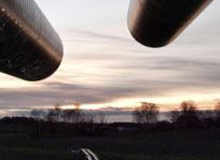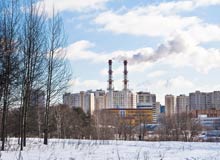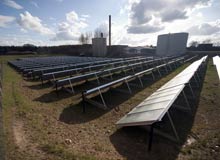4th Generation District Heating (4GDH) plays a key role in the transition of Denmark and Copenhagen’s energy supply to 100% renewable energy by the year 2050. This is one of the conclusions of the report “Copenhagen Energy Vision: A sustainable vision for bringing a Capital to 100% renewable energy” by researchers from the Sustainable Energy Planning Research Group at Aalborg University and the 4DH Research Centre.
The short-term goal for The City of Copenhagen is a CO2 neutral energy supply by the year 2025, and the long-term vision for Denmark is a 100% renewable energy supply by the year 2050. Key technologies that will support this development are heat savings in buildings, large-scale heat pumps, flexible fuel efficient power plants, low-temperature district heating, more public transport, and the electrification of the transport sector.
Achievable vision
The vision of 100% renewable energy can be achieved in a socio-economic and resource efficient way in Denmark, but this requires local involvement to ensure the implementation of a Smart Energy System approach, with 4GDH as an important piece of infrastructure.
4th Generation District Heating transfers heat from a central source into the buildings of a town or city. In Denmark, most of the heat is supplied by large-scale combined heat and power (CHP) plants, but in the future, there will be many new forms of heat suppliers available. This includes wind power which can produce heat using large-scale heat pumps, solar thermal, deep geothermal, and surplus heat from industry.
It is possible to extract more heat from these resources if their delivery temperature is lower; thus, reducing the temperature in the district heating network will allow more renewable heat to be utilised. Furthermore, if the temperature in the pipes is lower, then the amount of heat lost in the pipe is also reduced, and more of the heat produced reaches the end consumer. In the future, district heating distribution temperatures should be reduced from today’s level of 80-100C to approximately 50-60C.
TweetFUNDED BY
![]()







